What is digital signage?
Digital signage systems deliver customized media playlists to one or more digital screens, enabling a network manager to display targeted information to a specific audience at a specific place and time. Relative to traditional signs, digital signage messages can be easily customized, changed out quickly and inexpensively and delivered to many displays at once. Digital signage is often used to present a custom-tailored content mix, including product promotions, timely news, and upcoming events. Screens can be mounted on walls, ceilings, shelving systems, or aisle endcaps, or integrated into freestanding displays and kiosks. Digital signs are used in a wide variety of applications ranging from targeted retail advertising to internal employee communications and remote training.
Are you ready to start a new digital signage project, or thinking of upgrading an existing network?
Contact Us
What does digital signage look like?
Digital signs can take many forms, including free-standing towers, flat screens hung from walls and ceilings, electronic displays integrated into end caps, and even small screens on the price channel.
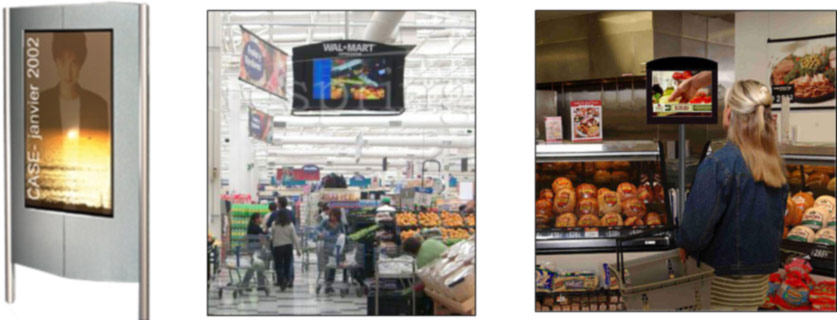
Where is it used?
- Public service announcements
- Community event bulletin boards
- Emergency notification (e.g. Amber alerts)
- Lobby signage & wayfinding
- Meeting announcements
- In-room "barker" TV channels
- Product/service advertisements
- Public health advisories
- In-room "barker" TV channels
- Departure/arrival information
- Place/destination-based advertising
- In-vehicle advertising and information
- Upcoming events bulletin board
- Public safety information
- Internal/sales goals success tracking
- Corporate/safety training
- Complement POP displays (integrated end caps, free-standing displays, shelf-edge)
- Advertise products sold in-store (wall- and ceiling-mounted displays)
- Improve in-store environment/aesthetics (branded content, entertainment, checkout channels)
- Back-room sales training
- Quickly change menu items with digital menu boards
- Use promo/specials boards to drive up-sell and add-on item sales
- Display live TV, trivia and gaming content
- Display current events, photos, local news and weather
- Inform staff and students about upcoming events, assemblies and awards ceremonies
- Deliver emergency alerts and public safety information
- Inform customers about loans, investment accounts, and other banking products
- Show news updates or live TV to reduce perceived waiting times
- Display current rate information
How much does it cost?
Even a simple digital signage project can quickly become complicated to price out. Use our calculator below to generate some pricing estimates to use as a baseline:
How does the technology work?
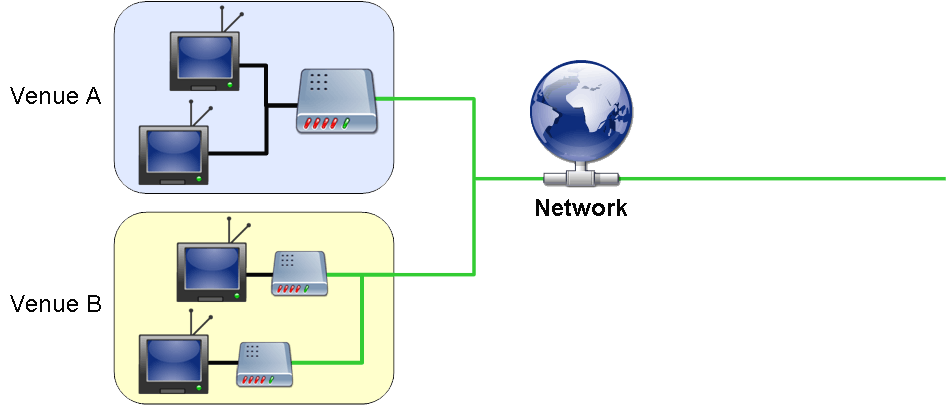
1 Deploying a digital signage network typically involves connecting screens at each venue to media players that are in turn connected to the Internet or a local computer network.
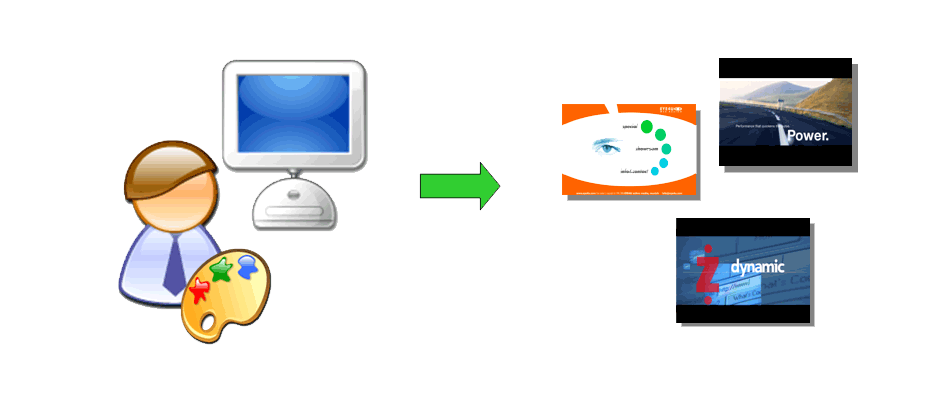
2 Your creative personnel, agency or marketing department creates content assets like movies, images, graphs or web pages.
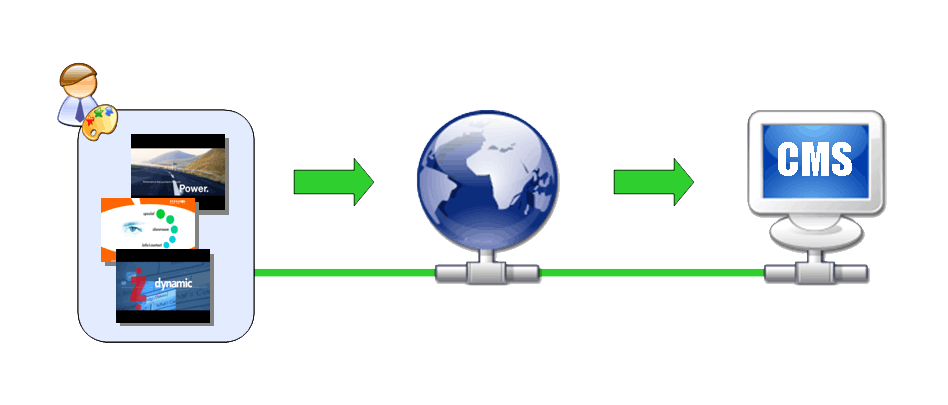
3 These assets are then loaded into a special digital signage Content Management System (CMS). Most commonly, the CMS is a web-based service that can be accessed using a web browser.
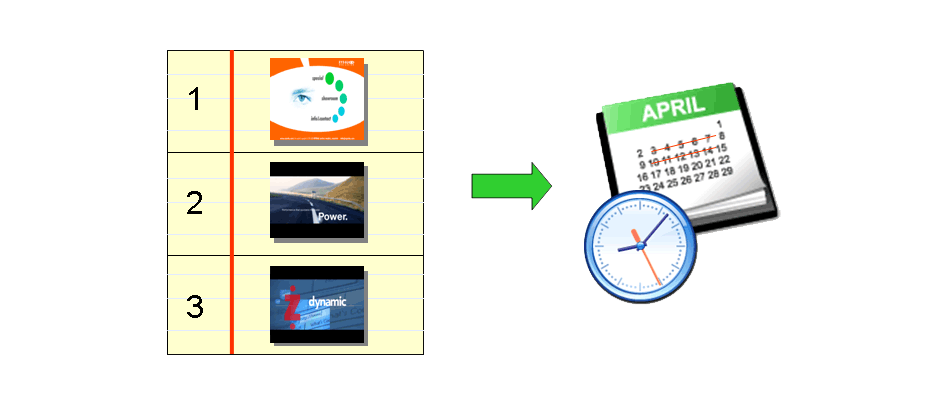
4 Once the content assets are loaded into the CMS software, they can be scheduled into playlists -- instructions that tell each media player to show the content at a particular date and time.
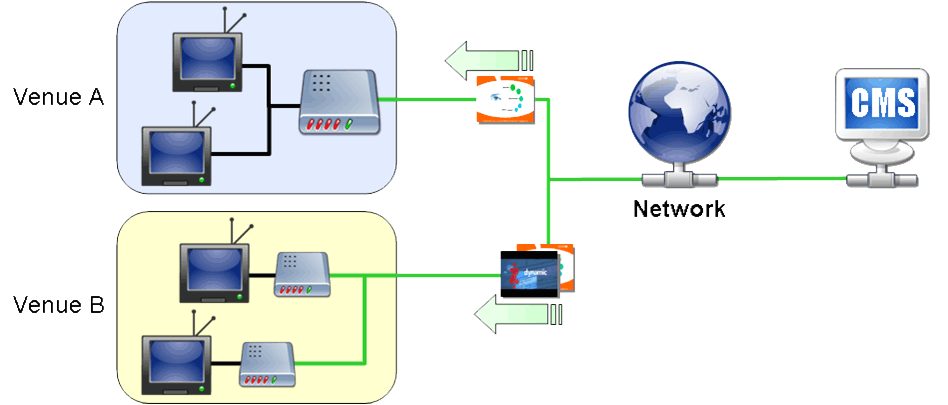
5 When the content is scheduled into playlists, each media player retrieves the files that it needs, usually by downloading the files as compressed data over the network (for example, the Internet).
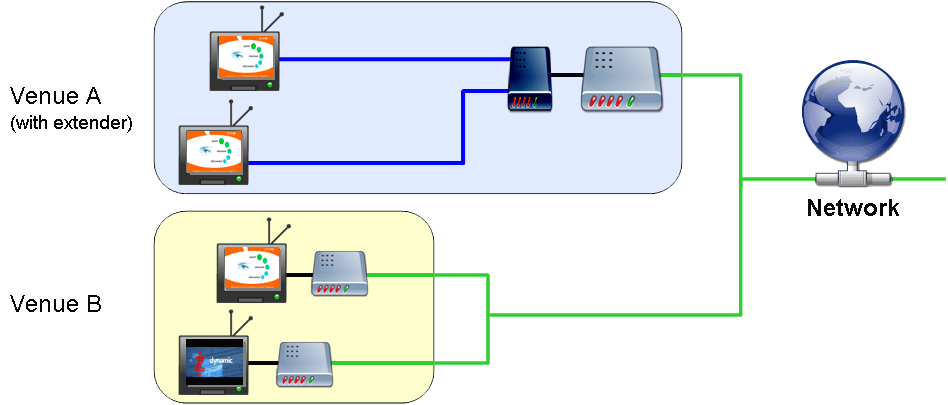
6 The media players save these files to a hard drive, and when directed by the playlist, play the content on the appropriate screens via either a direct connection, or an extender system that lets the players reach screens in remote parts of the venue.
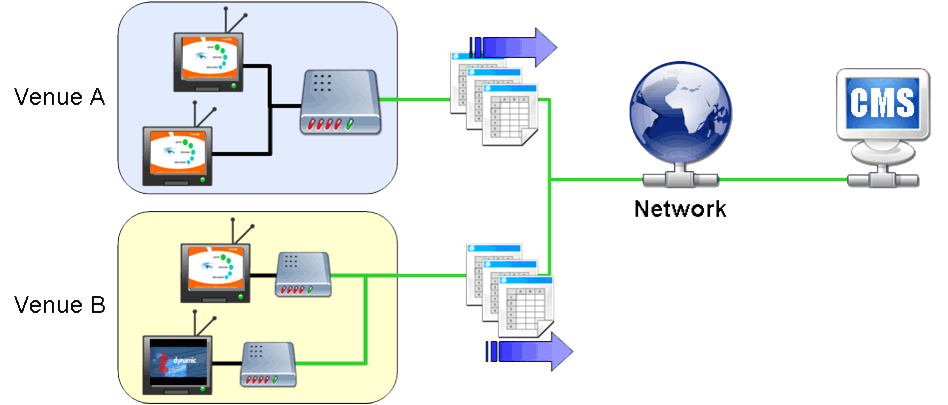
7 As each player plays the content in its playlist, it generates a compliance log that is then sent back to the CMS system to confirm that everything is working properly.
What should you look for in a digital signage platform provider?
Does the provider stand behind their product? What support channels are supported out-of-the-box?
Does the provider have a plan for adding new functionality, bug fixes or custom software modules?
Are you ready to start a new digital signage project, or thinking of upgrading an existing network?
Contact Us

